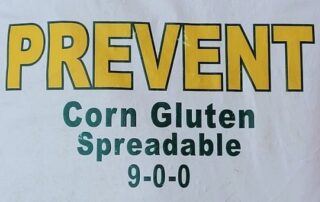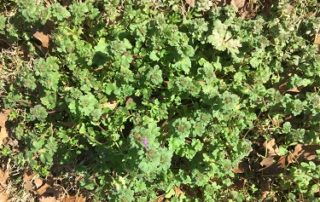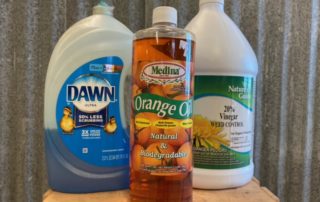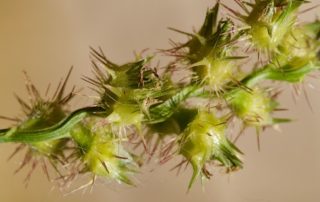Corn Gluten as a Pre-emergent
Corn Gluten Meal is a by-product of the corn milling process. It is an Organic alternative to chemical pre-emergent, and doubles as a slow-release Nitrogen source with about 10% N by weight. It is the best choice if you live near the lake or other water source. Again, timing is critical in order to realize the best results possible. With corn gluten meal, the wet/dry period must be managed carefully, AND, the product must also be applied BEFORE the weed emerges from the seed! Corn gluten meal works by inhibiting root formation [...]











